 |
| Amida Buddha |
- Dharmakaya
(Hosshin) or Dharma-Body
This is the aspect of ultimate Reality or the Absolute Truth. It is beyond
forms, unchanging, inconceivable, without beginning and no end. All Buddhas
share the same Dharmakaya when they attain perfect Enlightenment; this is why it is said that all Buddhas, including Amida, have the
same essence. Not only Amida Buddha, but His Pure Land too, has the same
Dharmakaya aspect. This is evident from this and many other similar passages in
the sacred texts:
My land, being like Nirvana
itself,
Will be beyond comparison.”[1]
- Sambhogakaya
(Hojin) or Recompensed Body
This is Amida Buddha and His Pure
Land in transcendental form, as a result of Dharmakara’s practices and Vows. It
is called, the “Body of Recompense” because it is the
effect, or the “recompense” of His practices and virtues. Thus, when Dharmakara
became Amida Buddha, His 48 vows have become effective methods of salvation,
and His Pure Land came into existence. To Amida in Sambhogakaya form, did
Shakyamuni refer to when He said to Ananda:
“Bodhisattva Dharmakara has
already attained Buddhahood and is now
dwelling in a Western Buddha- land called
‘Peace and Bliss,’ a hundred thousand kotis of lands away from
here.’
or when He said
to Sariputra:
“The Buddha then said to Elder
Sariputra: ‘If you travel westward from here, passing a hundred thousand kotis of Buddha-lands, you
will come to the land called Utmost Bliss, where there is a Buddha named
Amitayus. He is living there now,
teaching the Dharma’”.[3]
and also when He
described the two aspects of Amida (“Amitabha” – “Infinite Light” and
“Amitayus” – “Infinite Life”):
“For what reason, Sariputra, do
you think that Buddha is called Amitabha? Sariputra, the Buddha’s light shines
boundlessly and without hindrance over all the worlds of the ten directions. It
is for this reason that He is called Amitabha. Again, Sariputra, the lives of
the Buddha and the people of His land last for innumerable, unlimited, and incalculable kalpas. It is for this
reason that the Buddha is called Amitayus.”[4]
These aspects are also described in Amida’s
12th Vow:
“If,
when I attain Buddhahood, my light
should be limited, unable to illuminate at least a hundred thousand kotis
of nayutas of Buddhalands, may I not attain perfect Enlightenment.”
(the 12th Vow)
and the 13th Vow:
“If,
when I attain Buddhahood, my life-span
should be limited, even to the extent of a hundred thousand kotis of
nayutas of kalpas may I not attain perfect Enlightenment.”
The
Infinite (Unlimited) Light of Amida is a
transcendent (Sambhogakaya) manifestation capable to go anywhere in the
universe. This is why He said that if His “light should be limited “ then He
will not attain Buddhahood. This Light embraces, protects and brings the wisdom
of faith (shinjin) into the hearts and minds of people who are open to His
message of salvation. Through His Light, Amida tries permanently to influence
beings and make them accept His salvation contained in the Primal Vow (18th).
It is like an immense magnet attracting all beings to Him. Some become opened
to it sooner, while others will do so in the future, but Amida will continue
sending it until all hells are empty and all beings will become Buddhas.
The
Infinite (Unlimited) Life of Amida simply means that His transcendent (Sambhogakaya)
manifestation will last forever for the benefit of all beings. This is why He
said that if His “life-span should be limited”, then He will not attain
Buddhahood. Thus,
the Sambhogakaya aspect of Amida Buddha has a beginning, when He attained
Buddhahood, and no end (no limit), because He is the Buddha of Infinite
(Unlimited) Life[5].
Also the Infinite (Unlimited) Life of Amida
means that He will have enough patience and enough time to help all beings.
This Vow is in accord with the well known Mahayana verse:
“As
long as space endures and unenlightened beings exist,
may I
too remain to dispel the miseries of the world”.
So, Amida’s Infinite (Unlimited) Life
stands for Infinite Compassion. He will make no discrimination among those to
be saved, and He will endlessly work
to save all beings, without the small break in His activity, as He himself
promised:
“If I
should not become a great benefactor
In
lives to come for immeasurable kalpas
To
save the poor and the afflicted everywhere,
May I
not attain perfect Enlightenment.”[6]
- Nirmanakaya – Accomodated (Ojin) or Transformed Body
(Keshin)
According to Shinran Shonin, this is Amida Buddha as the object of the 9th
contemplation (contemplation on the True Body) in the Contemplation Sutra. In that contemplation, Shakyamuni describes
Amida with a definite measurement or
size of the body:
“His (Amida’s) body is as
glorious as a thousand million kotis of nuggets of gold
from the Jambu River
of the Yama Heaven and that His height is six hundred thousand kotis of nayutas of yojanas multiplied by the number of the sands of the Ganges River
Thus, in chapter VI of his
Kyogyoshinsho, Shinran said:
„As I reverently reveal the Transformed Buddha and
Land, the Buddha is as described in the
Sutra
on Visualisation of the Buddha of Infinite Life [Contemplation Sutra], namely
the ‘Buddha in the contemplation on the True Body’”.[8]
In
the same section with the 9th contemplation, the aureole of Amida
Buddha is said to contain many “transformed
Buddhas numbering as many as a million kotis of nayutas multiplied by the
number of the sands of the Ganges
River
These
transformed (accommodated) bodies of Amida Buddha, who emerge from His
Sambhogakaya aspect, and who vary in sizes and forms, according to the needs and
characteristics of beings (this is what is meant by “Accomodated Body”), are
sent toward all those in the ten directions of Samsara who entrust to Him, as
it is clear from the section 21 of the Contemplation
Sutra:
“Amitayus, exercising
supernatural powers at will, can freely
manifest His various forms in the lands of the ten directions. At times He
may appear as a large figure, filling the whole sky; at other times as a
smaller figure, only sixteen or eight feet high. The figures that He manifests
are all of the color of pure gold. The transformed
Buddhas and jeweled lotus flowers in the aureole of each manifested form are
like those described above.”[9]
The
same is described within this passage:
“Buddha Amitayus possesses
eighty-four thousand physical characteristics, each having eighty-four thousand
secondary marks of excellence. Each secondary mark emits eighty-four thousand
rays of light; each ray of light shines universally upon the lands of the ten
directions, embracing and not forsaking those who are mindful of the Buddha. It
is impossible to describe in detail these rays of light, physical
characteristics, and marks, transformed Buddhas, and so forth.”[10]
Shinran Shonin also
believed that one of the many Nirmanakayas or Transformed Bodies of Amida
Buddha is Shakyamuni Buddha himself:
Took the form of Sakyamuni Buddha
And appeared in Gaya
*
In the conclusion of this presentation of Trikaya doctrine, we can say that Amida Buddha is beyond any form in His Dharmakaya aspect, dwells with His transcendent form (Sambhogakaya) in the Pure Land, and in the same time He is here with us, people who have genuine faith in Him, in His various Accomodated and Transformation Bodies (Nirmanakayas). Wherever we are, in our room, on the street, alone or with friends and family, etc, Amida Buddha is always accompanying us.
*
In the conclusion of this presentation of Trikaya doctrine, we can say that Amida Buddha is beyond any form in His Dharmakaya aspect, dwells with His transcendent form (Sambhogakaya) in the Pure Land, and in the same time He is here with us, people who have genuine faith in Him, in His various Accomodated and Transformation Bodies (Nirmanakayas). Wherever we are, in our room, on the street, alone or with friends and family, etc, Amida Buddha is always accompanying us.
When we ourselves will attain Buddhahood in
the Pure Land, we’ll have access to the ultimate reality beyond forms
(Dharmakaya), we’ll dwell forever in transcendent form (Sambhogakaya) in
Amida’s Pure Land, and in the same time we’ll go in all the places of the universe
in various Bodies of Accomodation or Transformation (Nirmanakayas) to save all
beings.
[1] The Three Pure Land Sutras
- A Study and Translation from Chinese
by Hisao Inagaki in collaboration with Harold Stewart, Bukkyo Dendo Kyokai and
Numata Center for Buddhist Translation and Research, Kyoto, 2003, p.9-10
[2] The Three Pure Land Sutras
- A Study and Translation from Chinese
by Hisao Inagaki in collaboration with Harold Stewart, Bukkyo Dendo Kyokai and
Numata Center for Buddhist Translation and Research, Kyoto, 2003, p.23-24.
[3] The Three Pure Land Sutras
- A Study and Translation from Chinese
by Hisao Inagaki in collaboration with Harold Stewart, Bukkyo Dendo Kyokai and
Numata Center for Buddhist Translation and Research, Kyoto, 2003, p.103.
[4] The Three Pure Land Sutras
- A Study and Translation from Chinese
by Hisao Inagaki in collaboration with Harold Stewart, Bukkyo Dendo Kyokai and
Numata Center for Buddhist Translation and Research, Kyoto, 2003, p.104-105.
[5] I make a difference between „eternal” and „unlimited”.
Only the Dharmakaya aspect of Amida Buddha is eternal, because it has no
begining and no end, while His
Sambhogakaya aspect has a begining, but will have no end – will be „unlimited”,
as the sutra said. Shinran Shonin too, emphasized this aspect of unlimitedness
of Amida as Sambhogakaya:
„The life of Amida is infinite, no measure can be taken”
(Hymn of the Nembutsu and True Shinjin – Passages on the Pure Land Way - The
Collected Works of Shinran,
Shin Buddhism Translation Series, Jodo Shinshu Hongwanji-ha, Kyoto, 1997, p.
304)
„Since attainment of Buddhahood, ten kalpas have
passed;
The Buddha’s life indeed has no measure.
Shining on the blind and ignorant of the world;
hence, I bow in homage”.
(Hymns of the Pure Land - The Collected Works of
Shinran, Shin Buddhism Translation Series, Jodo
Shinshu Hongwanji-ha, Kyoto, 1997, p. 321)
[8] Shinran Shonin, Kyogyoshinsho,
cf with Kyogyoshinsho – On Teaching,
Practice, Faith, and Enlightenment, translated by Hisao Inagaki, Numata
Center for Buddhist Translation and Research, Kyoto, 2003, p. 233. and Kygyoshinsho, Ryukoku Translation
Series, Ryukoku University ,
Kyoto
[9] Idem. p. 91
[10] The Three Pure Land Sutras
- A Study and Translation from Chinese
by Hisao Inagaki in collaboration with Harold Stewart, Bukkyo Dendo Kyokai and
Numata Center for Buddhist Translation and Research, Kyoto, 2003, p. 87
[11] Shoshinge. The Way of
Nembutsu-Faith: A Commentary on the Shoshinge, by Hisao Inagaki,
Nagata Bunshodo, Kyoto

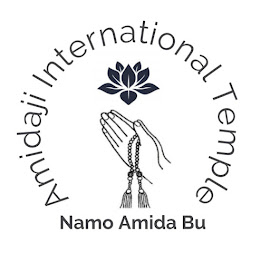



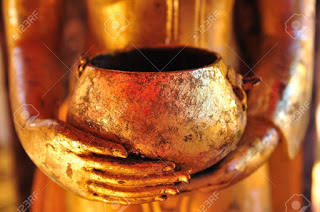



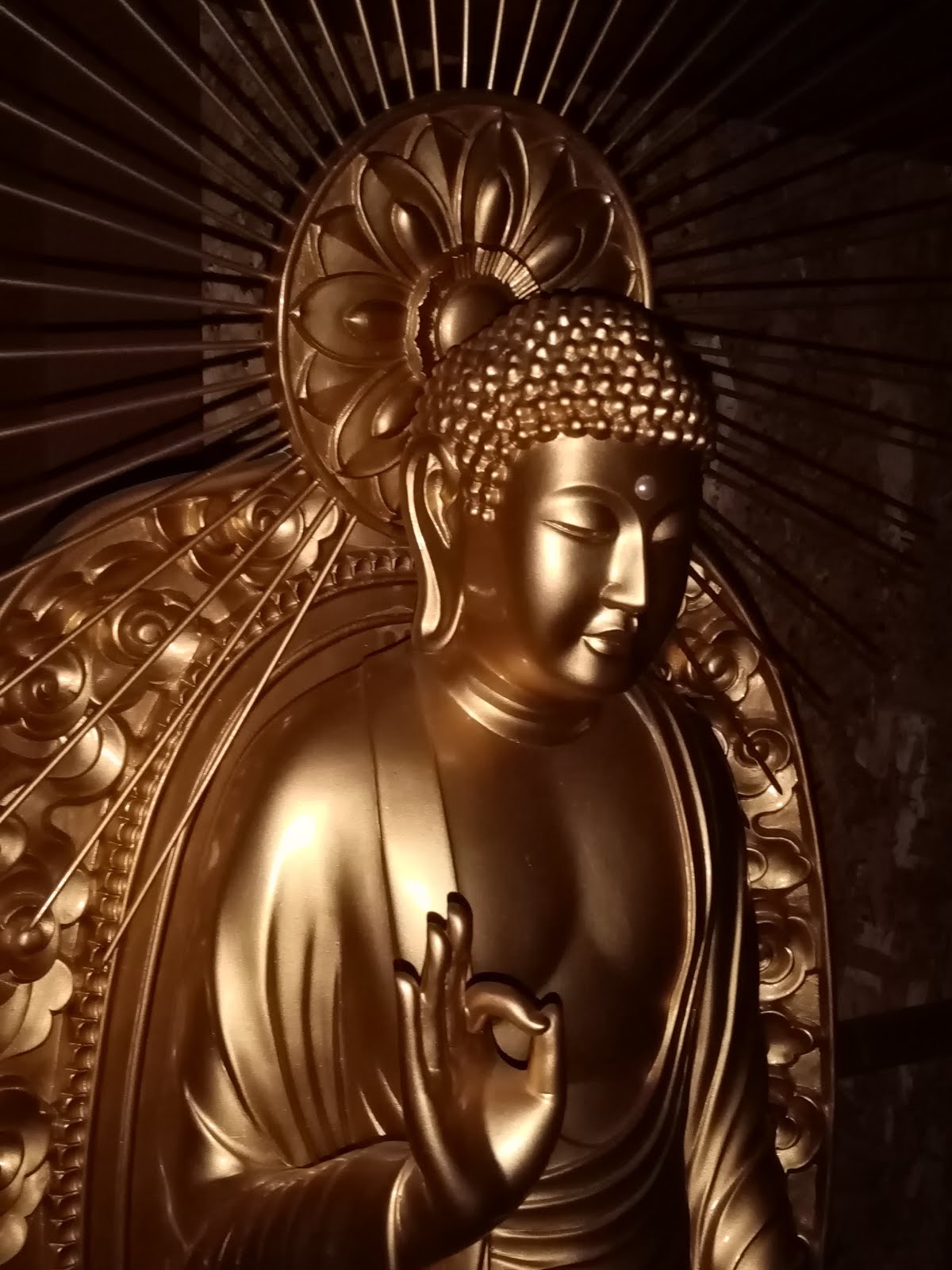

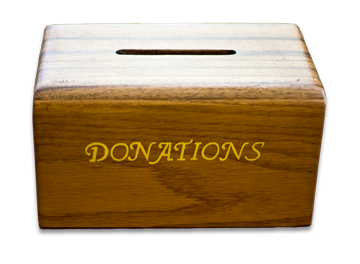








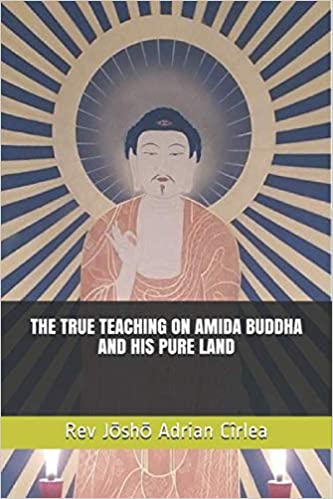





0 comentarii:
Post a Comment